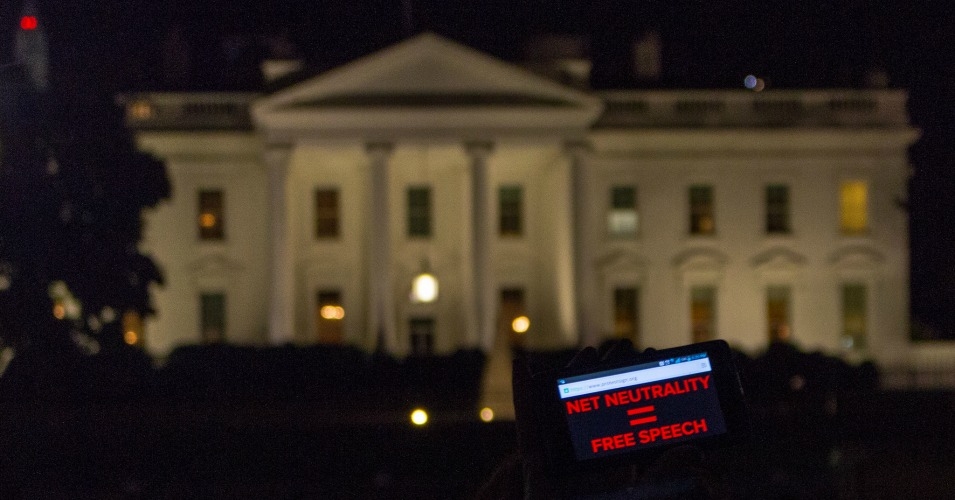Earlier I posted about a report by the Pew Center on the prison population in the United States. The NY Times has discussed this in more detail and points out one of the main points which is that the incarceration rates do not translate into a lesser crime rate. The payoff in terms of dollars and cents is not sustainable when considering the gain from incarcerating non-violent offenders.
“Our violent offenders, we lock them up for a very long time — rapists, murderers, child molestors,†said John Whitmire, a Democratic state senator from Houston and the chairman of the state senate’s criminal justice committee. “The problem was that we weren’t smart about nonviolent offenders. The legislature finally caught up with the public.â€
He gave an example.
“We have 5,500 D.W.I offenders in prison,†he said, including people caught driving under the influence who had not been in an accident. “They’re in the general population. As serious as drinking and driving is, we should segregate them and give them treatment.â€
The Pew report recommended diverting nonviolent offenders away from prison and using punishments short of reincarceration for minor or technical violations of probation or parole. It also urged states to consider earlier release of some prisoners.
Before the recent changes in Texas, Mr. Whitmire said, “we were recycling nonviolent offenders.â€
It appears that education and treatment programs may show a better return on tax investment than anything else. Thankfully, the cost of incarceration is now so high with increased medical costs, food costs and housing costs that treatment designed to help the offender move toward a positive path may be the economical way to go.
UPDATE: The Baltimore Sun appears to be concluding the same results
The report, released yesterday by the Pew Center on the States, said the 50 states spent more than $49 billion on corrections last year, up from less than $11 billion 20 years earlier. The rate of increase for prison costs was six times greater than for higher education spending, the report said.
The steadily growing inmate population “is saddling cash-strapped states with soaring costs they can ill afford and failing to have a clear impact either on recidivism or overall crime,” the report said.
Six times more on corrections than on higher education over the last 20 years. Oregon spent $36M more on corrections than education in 2007. America has the highest prison population in the world with 2.3M people in prison.


